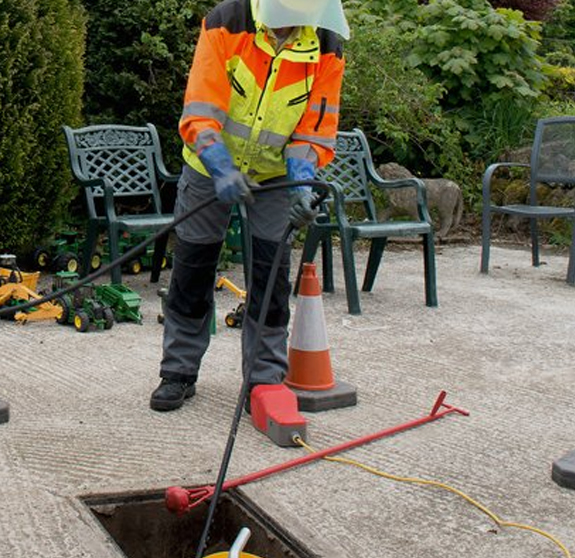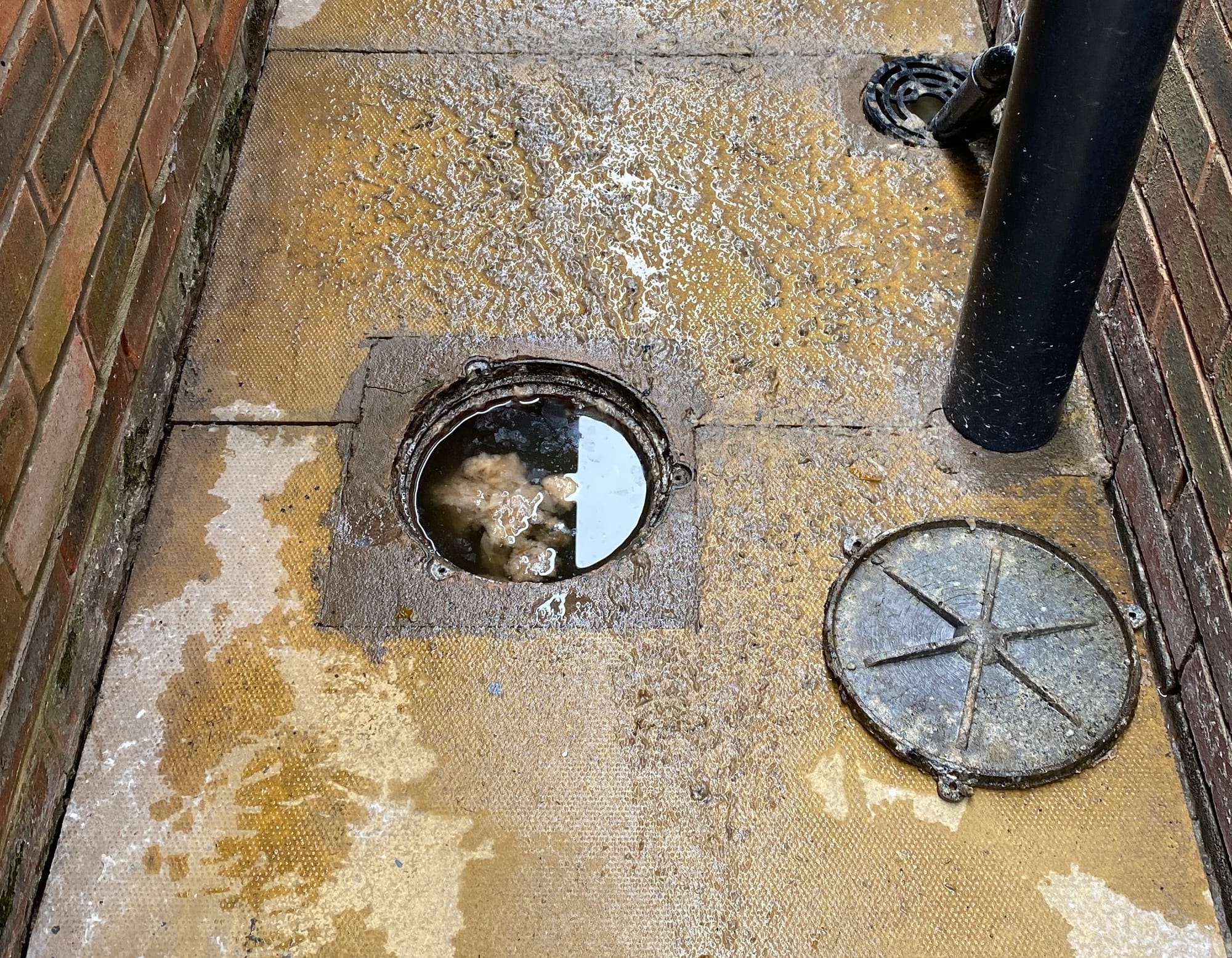Steps for Managing a Blocked Drain Prior to Reaching out to Expert Help
Steps for Managing a Blocked Drain Prior to Reaching out to Expert Help
Blog Article
The writer is making a few great pointers on What I learned from trying to deal with a clogged drain in general in this content below.

Intro
Handling an obstructed drain can be an aggravating experience, interfering with daily tasks and possibly causing damages to your residential or commercial property. Nevertheless, prior to connecting to plumbing specialists, there are steps you can require to address the problem yourself. In this guide, we'll explore do it yourself services and safety nets to tackle an obstructed drain successfully.
Recognizing the Concern
The primary step in dealing with an obstructed drain is identifying the indicators. Slow water drainage, gurgling audios, foul odors emanating from drains pipes, or water backing up are common indications of an obstructed drain. Recognizing these indicators early can assist prevent even more issues.
Choosing the Right Plumbing Service
When selecting a pipes service, take into consideration factors such as experience, licensing, and customer reviews. Pick a reliable plumbing with a record of top quality workmanship and clear rates practices.
Price Factors to consider
The price of expert drain cleaning services can differ relying on the extent of the clog and the plumbing's rates. Request quotes from numerous companies and inquire about any surcharges to guarantee openness and avoid shocks.
Security Precautions
When attempting do it yourself drainpipe cleaning, prioritize safety and security. Use protective gloves and eyewear to prevent contact with harmful chemicals or microorganisms. Never ever blend different drain cleaning products, as this can produce hazardous fumes.
Case Researches
Real-life examples show the efficiency of do it yourself options and the importance of prompt specialist treatment in dealing with drain blockages.
Common Causes of Blocked Drains
Recognizing the factors that add to drain obstructions is necessary for effective resolution. Usual culprits consist of hair, soap residue, oil, food debris, and international items like hygienic items or paper towels. Tree origins attacking underground pipelines can also cause substantial clogs.
DIY Solutions
For small obstructions, numerous do it yourself solutions can be efficient. Pouring boiling water down the drainpipe can aid liquify grease and debris. Baking soda and vinegar or a blend of salt and cooking soda can function as natural cleaners. Utilizing a bettor or plumbing snake to remove obstructions is one more choice.
Tools and Tools
Having the right tools handy can make DIY drainpipe cleansing more effective. A bettor is a functional device for getting rid of clogs in sinks, commodes, and showers. A pipes serpent or auger can get to much deeper blockages, while drain cleansing chemicals can be made use of cautiously for stubborn clogs.
Safety nets
To avoid future clogs, taking on safety nets is critical. Mount drainpipe guards or filters to catch hair and debris before they go into the pipes. On a regular basis flush drains pipes with warm water to dissolve grease build-up, and stay clear of taking care of grease or solid waste away.
When to Call a Specialist
While DIY services can solve small obstructions, certain signs show the demand for specialist help. Relentless clogs, foul odors regardless of cleaning up initiatives, or numerous drains supporting all at once are warnings that call for expert intervention.
Verdict
By following the pointers described in this overview, you can efficiently deal with obstructed drains and avoid future plumbing problems. Whether choosing do it yourself solutions or seeking specialist assistance, punctual action is crucial to maintaining a healthy plumbing system and protecting the honesty of your home.
How to Clear a Clogged Drain Yourself (And When to Call In the Professionals)
What Can Clog a Drain
Dirt Skin flakes Hair Grease Soap scum Food Offset pipes Tree roots Small objects Mineral buildup DIY Tricks to Unclog a Drain
You can fix this! Once you have identified the source of the clog (or have a vague idea), you can try one or a combination of these fixes in order to clear your plumbing.
Wire Hanger or Snake
Untangle and clear out hair from a drainpipe with a homemade snake. Use a straightened-out wire hanger with a 90-degree angle hook to locate the clog and drag out any unwanted material.
Remember not to push the clog further down to where the wire hanger cannot reach! If you need to follow up with a plunger, give it a try. Your efforts might be more successful after it’s been wire-snaked.
If you want to get fancy and don’t have a wire hanger to spare, head to the store and pick up a hand-operated drain snake. You can get one for $10-$30. It may save you the hassle, and provide additional length to reach deep into the clogged pipe.
Plunger
A cup plunger has a suction cup attached to a wooden handle. The rubber creates a seal around the drain, and increases the pressure force of the plunger.
Plunge for 30-second increments to loosen the clog. This may need to be repeated over the course of 15-20 minutes. Once plunged, run the water to flush the remaining material out of the drain.
Remember– never use a plunger if you have used a chemical drain cleaner. These chemicals can splash up from the force of the plunger and cause serious injury or burns.
Boiling Water
Hot water can sometimes break up materials into a flushable amount. Dirt, grease, and soap buildup requires heat in order to unstick from surfaces.
Take your kitchen kettle and heat your water to a boil. Once it reaches a rolling boil, pour it directly down the drain into the blockage. Carefully follow with plunging, if necessary.
Don’t worry if this takes more than one try! It can often take multiple kettles and repeated plunging in order to clear a particularly stubborn clog.
Chemical Drain Cleaner
As a last resort, pick up a bottle of chemical drain cleaner. Drain-cleaning chemicals are potent, and not very good for the environment.
You may need to wear protective eyewear in gloves before handling your bottle of chemical drain cleaner. Follow the instructions printed on the bottle, and flush with water as soon as the instructions allow. Do not follow with plunging.
Baking Soda and Vinegar
As a safer alternative to chemical drain cleaner, baking soda and vinegar can create a chemical reaction that clears tough clogs.
Combine one cup of cleaning vinegar with one cup of boiling water, and set aside. Once you have done this, pour half a cup of baking soda down the drain. Give the baking thirty seconds to settle and cover a large portion of the problem drain.
Following the baking soda, pour down your vinegar and hot water solution. Once the vinegar and baking soda combine, the mixture will bubble and fix. Let this reaction fizzle in the drain for about an hour.
After an hour, follow with a kettle’s worth of hot water. The heat and liquid should flush out any remaining material.
When to Call a Plumber
If your DIY attempts haven’t cleared your clog drain, it’s time to call in a professional. It’s not worth losing access to your kitchen sink or high-traffic bathroom. A clog in a vital area can keep you from the things you’d rather be doing, and derail your routine.
Anytime a clog is causing water to spread is a time to call in a plumbing service. What starts out as a little bit of water can quickly grow into serious, expensive water damage.
Additionally, a serious clog can result in burst pipes or serious leaks. Make sure you know when to take it seriously!
https://myguysnow.com/how-to-clear-a-clogged-drain-yourself-and-when-to-call-in-the-professionals/

I came across that entry about Some easy tips to fix blocked drains when doing a search on the search engines. I beg you take the opportunity to share this article if you enjoyed reading it. I recognize the value of reading our article about .
Website Report this page